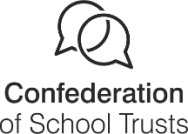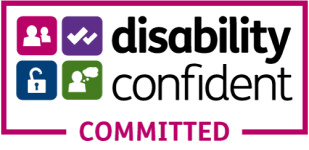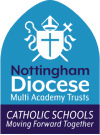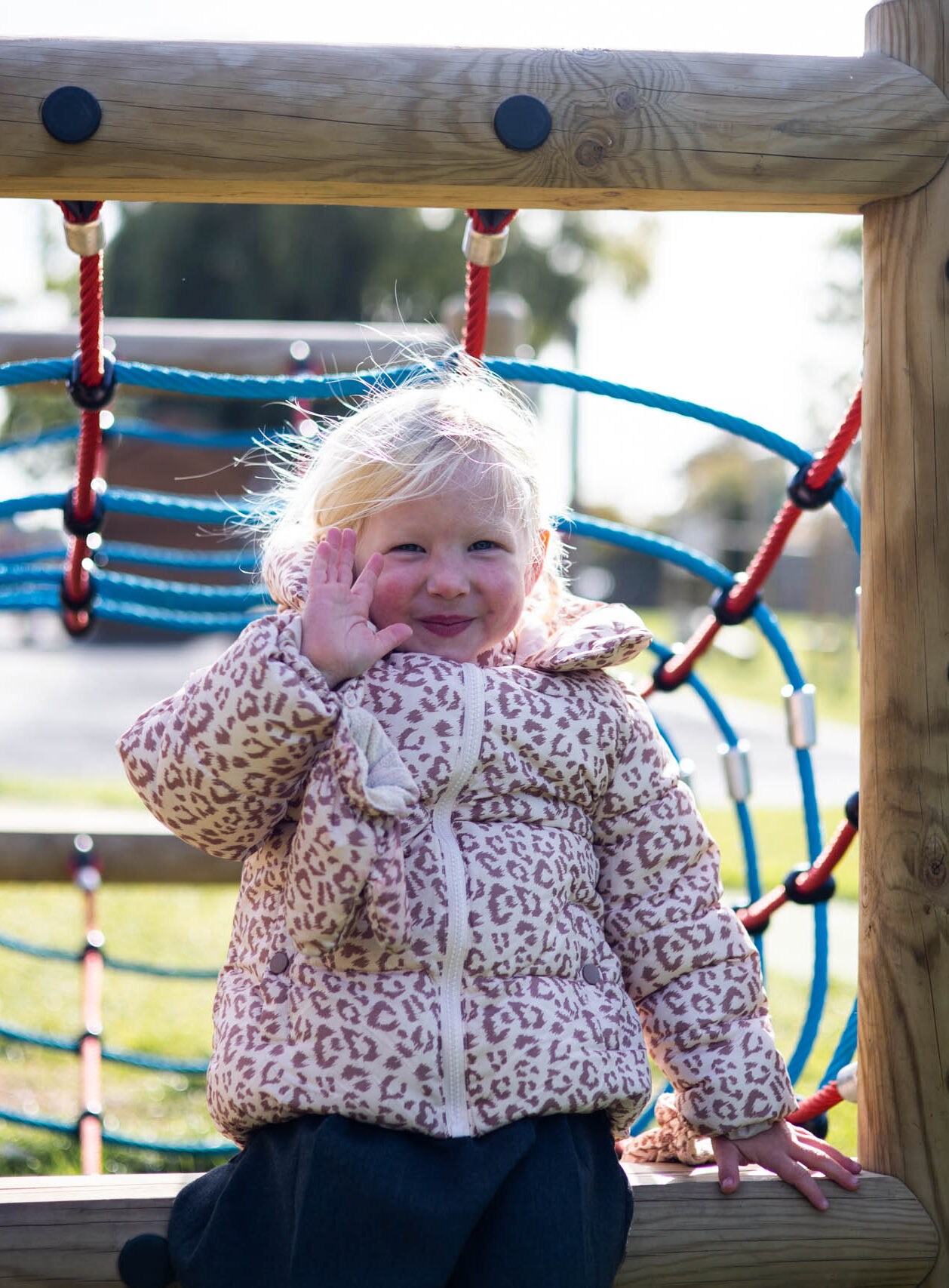Frances Clark
Teaching of Music
We look at the big picture: placing of the music skills and knowledge being studied in the context of previous learning, using the class timeline. In lessons, we specify key vocabulary to be used and its meaning and the correct names of instruments.
Children are encouraged to communicate their musical knowledge and understanding appropriately. Teaching includes children learning to evaluate their learning and compare with other genres of music studied as appropriate, using Charanga music scheme.
Linked to enrichment opportunities to include topical and cultural events.
Curriculum Intent
At St Joseph’s our music curriculum intends to inspire creativity, self-expression and encourages our children on their musical journeys as well as giving them opportunities to connect with others.
We hope to foster a lifelong love of music by exposing them to diverse musical experiences and igniting a passion for music. By listening and responding to different musical styles, finding their voices as singers and performers and as composers, all will enable them to build up their love of music, self-confidence sense of achievement to become reflective musicians.
‘Music is a universal language that embodies one of the highest forms of creativity’ (The National Curriculum)
Our teaching focuses on developing the children’s ability to, sing in tune and with other people, play tuned and untuned musical instruments with increasing control, fluency and expression and listen critically to a wide range of music from different periods, genres, styles and traditions. As children progress through the school they will increasingly understand and explore how music is created, produced and communicated through the interrelated dimensions of music: pitch, duration, dynamics, tempo, timbre, texture, structure and musical notation. By Key stage 2 children will begin to improvise and compose music for a range of purposes using the interrelated dimensions of music.






